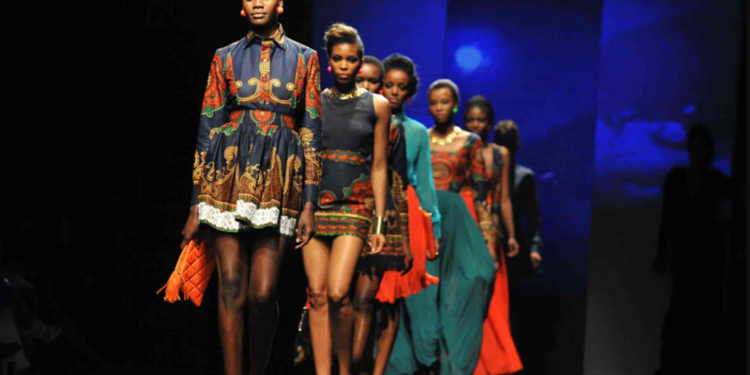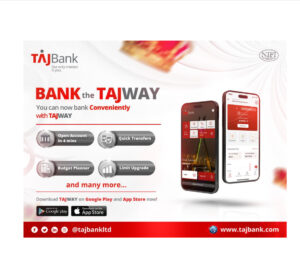Nigeria and Egypt are charting the course to dominate the African fashion landscape, encompassing accessories, apparel, and footwear.
These two nations are primed to collectively rake in a whopping $2.5 billion in revenue by the close of 2023.
According to data analysed by Nairametrics on Statista, the Nigerian fashion market is anticipated to scale to $1.31 billion by 2023.
This figure is poised for robust annual growth at a compelling rate of 10.03% (CAGR 2023-2027), ultimately culminating in an estimated market volume of $1.92 billion by 2027.
Furthermore, Nigeria is projected to boast a burgeoning user base of approximately 83.8 million users by 2027. With a user penetration rate of 24.4% in 2023, this is expected to ascend to an impressive 34.1% by 2027.
The average revenue per user (ARPU) is anticipated to reach $24.00.
Also, Egypt’s fashion market is on a soaring trajectory, projected to touch $1.28 billion in 2023. With an annual growth rate (CAGR 2023-2027) surging at an impressive 16.40%, this market is forecasted to attain a market volume of $2.35 billion by 2027.
In the realm of the Fashion market, Egypt is predicted to amass a user base of 56.4 million by 2027. Egypt’s user penetration, standing at 33.3% in 2023, is anticipated to ascend to an impressive 47.1% by 2027.
The expected average revenue per user (ARPU) is $34.19.
How Will Nigeria and Egypt Achieve This?
According to analysts on Statista, the Fashion segment has already witnessed the global online share of revenues soaring to 23% in 2020.
- “The global growth trajectory is poised to continue, driven by the East and Southeast Asian regions, buoyed by their burgeoning middle-class population and a lagging offline shopping infrastructure.
- “An emerging trend is the seamless integration of shopping functionalities into social media content, facilitating high-speed “inspire and sell” customer conversion, exemplified by Instagram Checkout.
- “The audience is progressively shifting from desktop to mobile platforms, underscoring the increasing importance of enhancing the mobile browsing and checkout experience.”
Nigeria, with its colossal population exceeding 200 million, is uniquely positioned with demand surpassing most African nations.
Furthermore, the growing online culture among Nigerians, fueled by a staggering 222.5 million telephone subscribers recorded in 2022, according to the National Bureau of Statistics (NBS), is propelling the success of e-commerce fashion.
Lagos, often hailed as the epicentre of fashion and design, is a driving force behind this transformation.
Egypt, too, boasts a substantial population, surpassing 100 million, with a youthful demographic where a substantial segment is under 30 years old.
This demographic is inherently more fashion-conscious and willing to invest in clothing and accessories, thereby propelling demand in the fashion industry.
Egypt’s status as a premier tourist destination, drawing visitors from across the globe, further bolsters the fashion sector as tourists frequently engage in shopping, including the acquisition of local fashion items and souvenirs.
This infusion of international interest and commerce augments Egypt’s fashion industry, setting the stage for substantial growth.
As we continue to monitor the African fashion landscapes, it seems that Nigeria and Egypt are burgeoning with potential, poised to become the powerhouses in this industry, supported by their large populations, online culture, and vibrant fashion scenes.
















